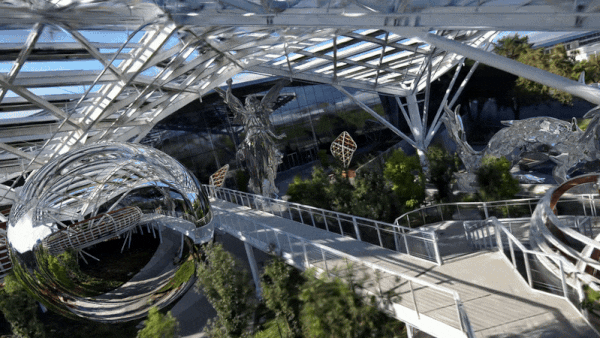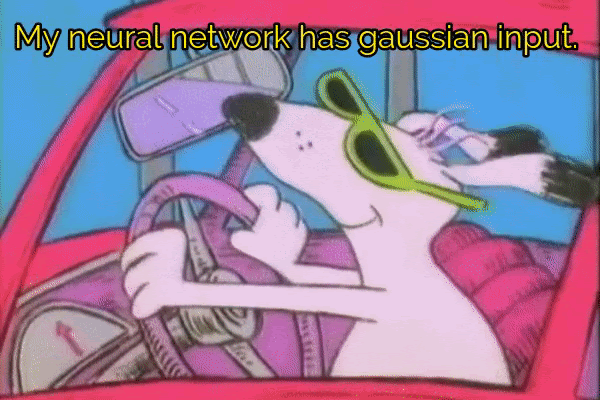
Realistic 3D simulation is becoming a cornerstone of modern AI and graphics, from training autonomous vehicles (AV) to powering robotics and digital twins. Neural rendering techniques like NeRFs and 3D Gaussian Splatting (3DGS) have revolutionized how 3D scenes are reconstructed and visualized from raw sensor data. In this post, we introduce the implementation of 3D Gaussian Unscented��
]]>
Gaussian splatting is a novel approach to rendering complex 3D scenes by representing them as a collection of anisotropic Gaussians in 3D space. This technique enables real-time rendering of photorealistic scenes learned from small sets of images, making it ideal for applications in gaming, virtual reality, and real-time professional visualization. vk_gaussian_splatting is a new Vulkan-based��
]]>
��Meet the Researcher�� is a series in which we spotlight researchers in academia who use NVIDIA technologies to accelerate their work. This month we spotlight Antti Honkela, Associate Professor in Computer Science at University of Helsinki in Finland. Honkela is the Coordinating Professor of the Research Program in Privacy-preserving and Secure AI at the Finnish Center for Artificial��
]]>
As explained in the Batch Normalization paper, training neural networks becomes way easier if its input is Gaussian. This is clear. And if your model inputs are not Gaussian, RAPIDS will just transform it to Gaussian in the blink of an eye. Gauss rank transformation is a novel standardization technique to transform input data for training deep neural networks. Recently, we used this technique��
]]>